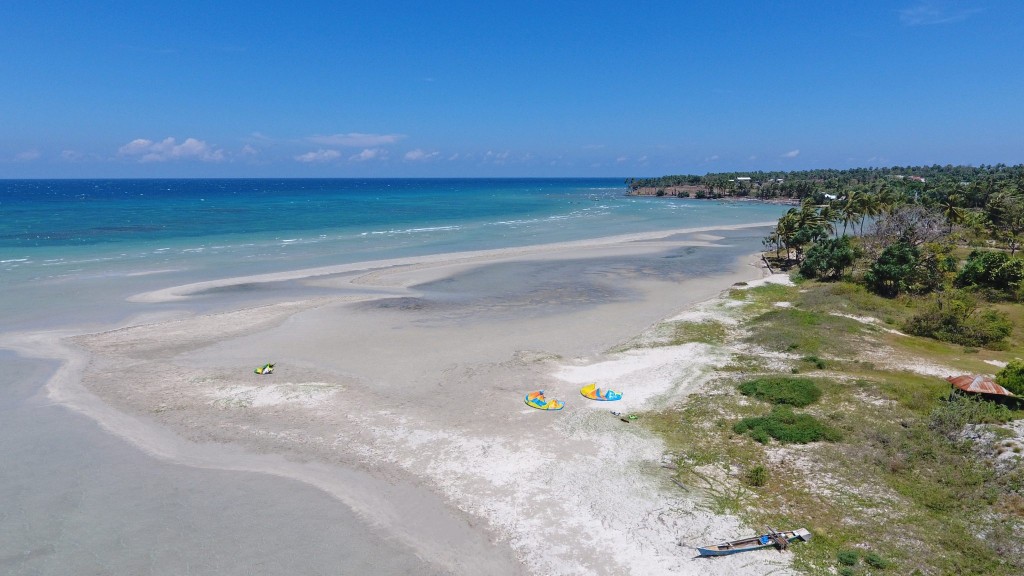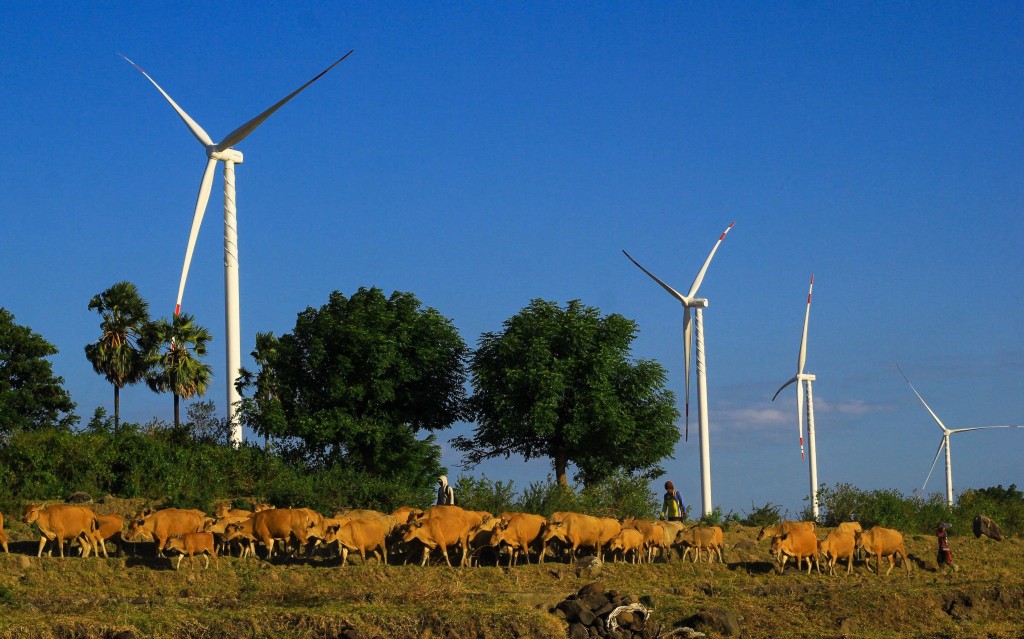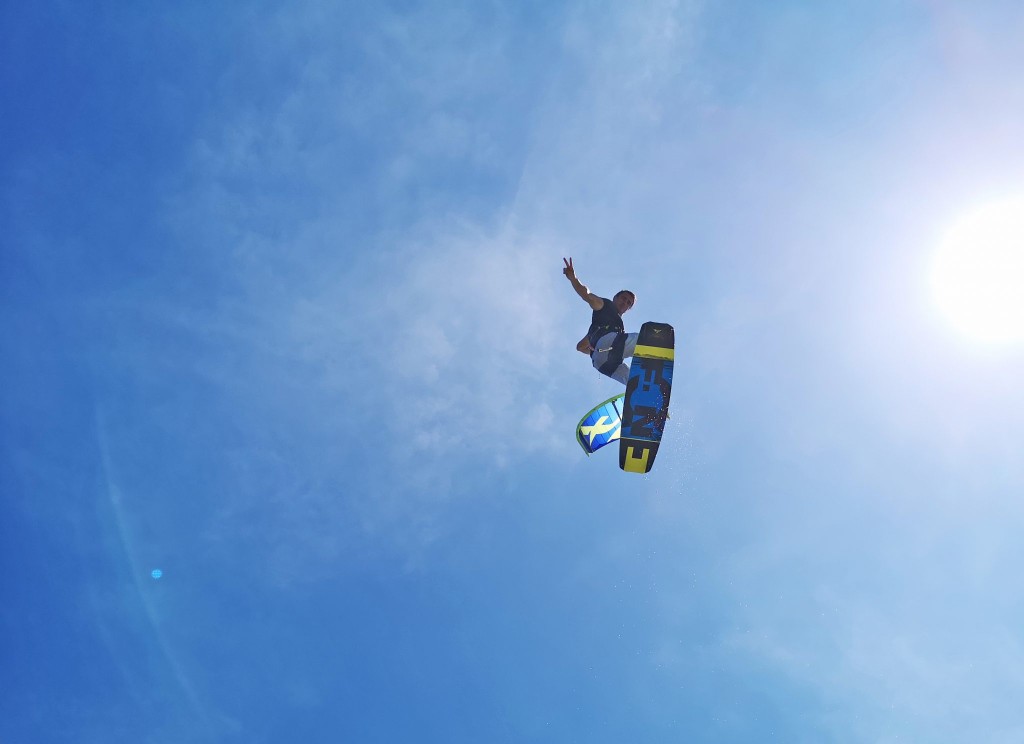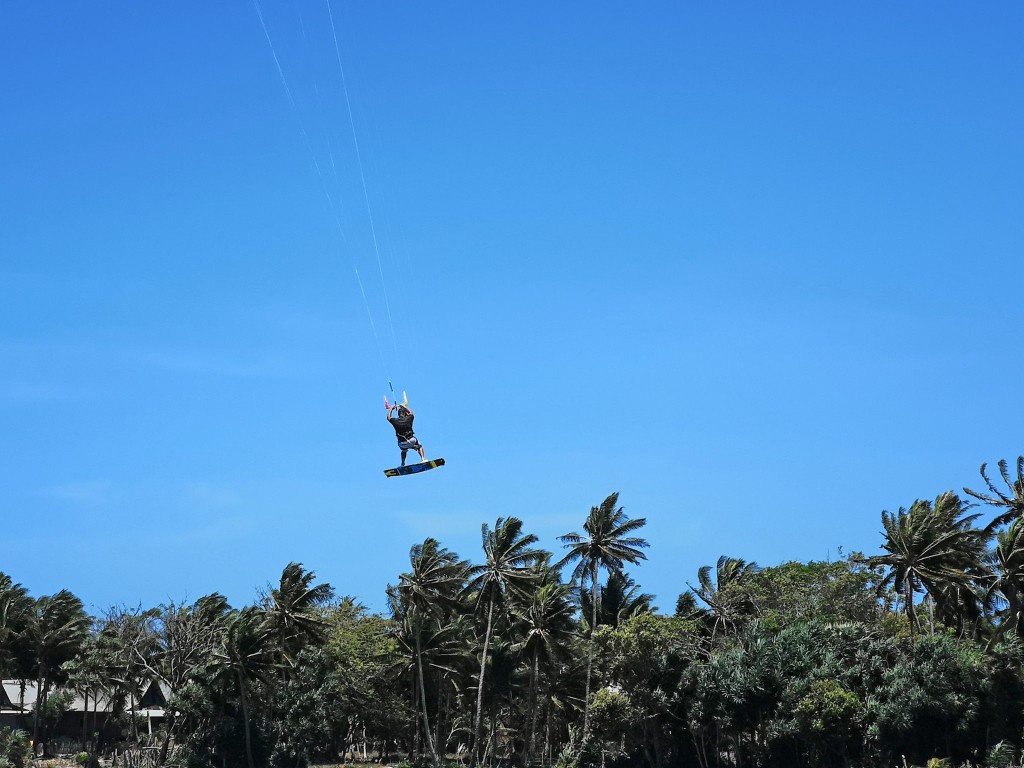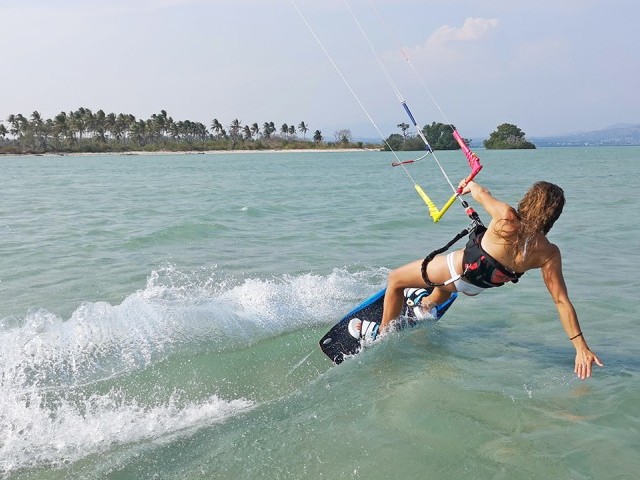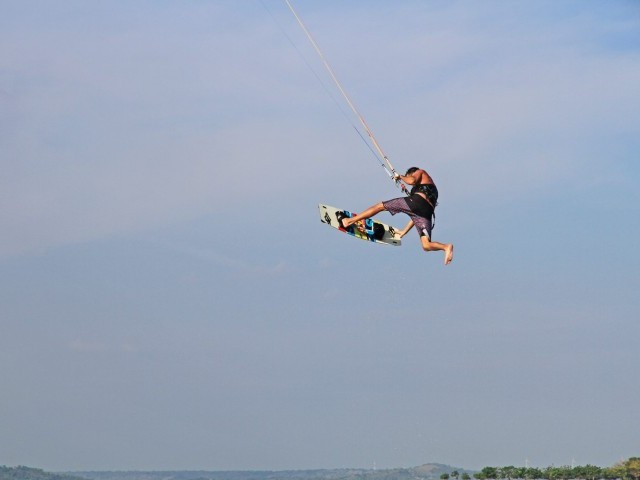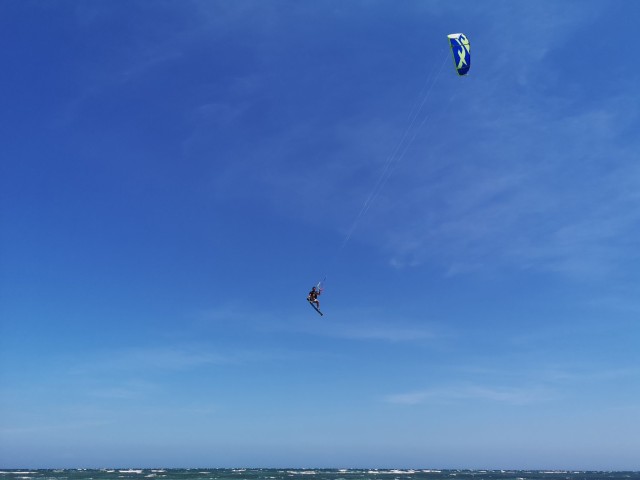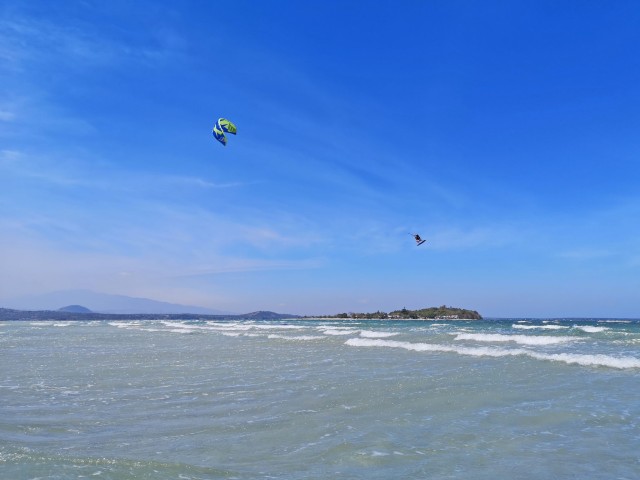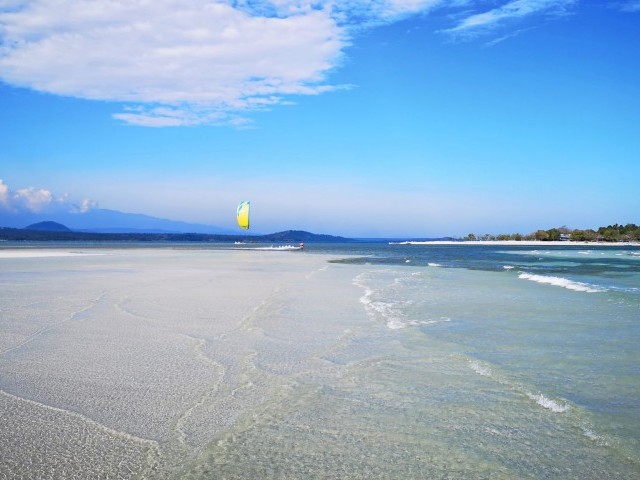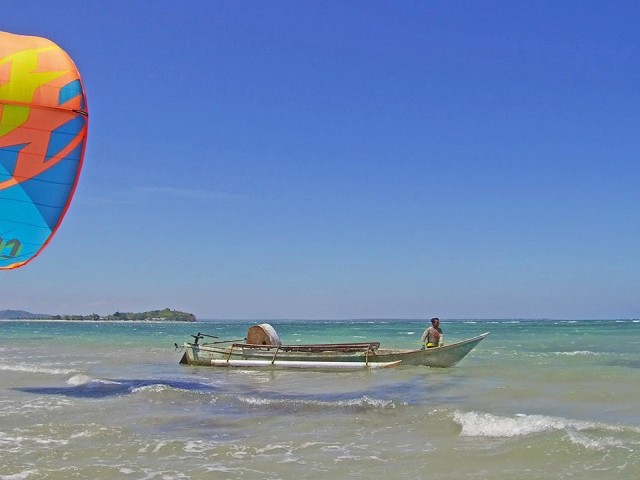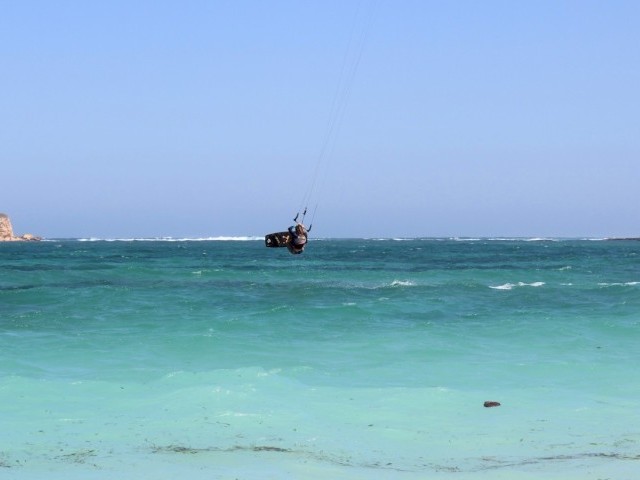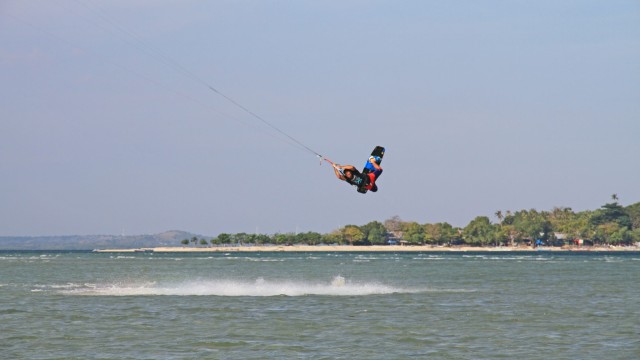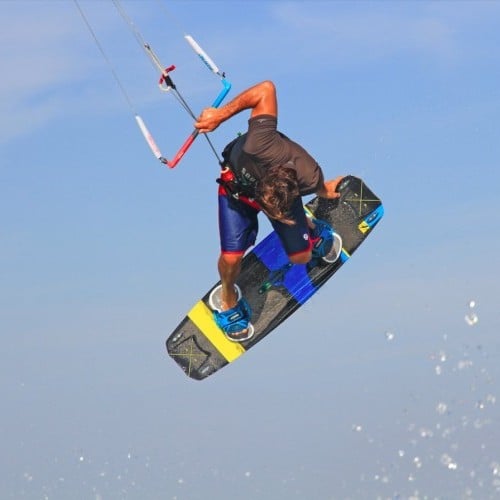
Sulawesi
Indonesia
Why Visit?
Among the 17,000 Indonesian islands, Sulawesi is one of the five main (along with Java, Sumatra, Borneo and Papua) windiest spots in Indonesia. Sulawesi is also home to the two biggest Indonesian wind farms (Sidrap and Jeneponto) located in the south. Sulawesi is surrounded by pristine and warm waters and has recently become a trendy Asian kite destination for summer. Far from the crowd, it feels like an exclusive and authentic experience. Like all of Indonesia, Sulawesi is gifted by a rich ancestral mixed culture and breath-taking nature, and you will be welcomed by a renowned culture of respect and politeness.
Wind and Weather
Unlike other Asian destinations, Indonesia's peak wind season is during the dry season, meaning consistent wind, with deep, rain-free blue skies and temperatures between 25/30°c all year round.
Sulawesi benefits from its strategic location, with mountains compression and tip effect that speed up the trade winds. This specific area also experiences a very long dry season which guarantees winds consistency (only disturbed by lunar cycles). The wind blows side-on from April to October, with 20-35 knots in peak season. Usually, the wind starts in the morning till dusk, making the nights' comfortable temperatures. During this period, the wind is guaranteed 80%-100% of the time.
Due to these tremendous wind statistics, Jeneponto in southern Sulawesi is the home of the biggest Asia-Pacific independent Wind Farm (Tolo 1 Jeneponto)
Getting Around
From Makassar International Airport, there are daily flights from all main Indonesian cities, including Jakarta, Bali, and Lombok, and direct flights from international hubs like Singapore and Kuala Lumpur.
The kitesurfing spot is located in Mallasoro village, which is about 80 km from Makassar (it's about 1 hr 30 min to 2 hr drive), and It will cost you about 50$ to get from the airport to the spot.
If you are coming from abroad, you can:
- Either transit through Singapore or Kuala Lumpur (Malaysia) and get a direct flight to Makassar – It's about a 3 hours flight with Singapore Airlines, Air Asia or Silk Air.
- If you land in a big Indonesian hub like Jakarta, Bali Lombok, and then connect to Makassar – It takes about an hour from Bali and 2 hours from Jakarta with Garuda, Batik Air, CityLink or Lion Air.
Food and Drink
You will come across “warung” everywhere that will serve local food like the famous Indonesian dish “nasi goreng”, the Sulawesi typical “lammang” (rice cooked in bamboo stems), and many other traditional foods. A meal costs around 3-4$ and a large beer 4$ (local beer Bintang).
Nightlife
There's not much going on around here at night, so it's usually a good idea to visit with a group of people.
No Wind?
Then it's time to rent a scooter and explore the area! The immediate surroundings offer activities like stand-up paddleboards, snorkelling, uncountable waterfalls, traditional villages, salt marshes and seaweed farms. In addition, the region has a strong horse culture, with bareback races organised regularly. So don’t be surprised to see horses bathing at sunset on the kite spot.
We strongly recommend you check out:
- Tana Toradja with astonishing and atypical culture
- Bira and Bulukumba for their Phinisi boats
- Scuba diving at Selayar island it's incredible!
- Taka Bonerate is the biggest atoll in South-East Asia
The list is endless; you should also check out Wakatobi, Bunaken, Gorontalo (sharks and whales), Togean, … but let’s stick to the South for now!
Internet
Good 3G coverage – No optic fibre, only coconut fibre!
Accommodation
The options at the spot are pretty limited, with only one choice for accommodation, and the average cost per night is 60$. The closest other hotels are in the city centre (30-45 min drive from the spot) and cost around 20-30$.
Related
Flights
Rating 3.8
Indonesia
Featured
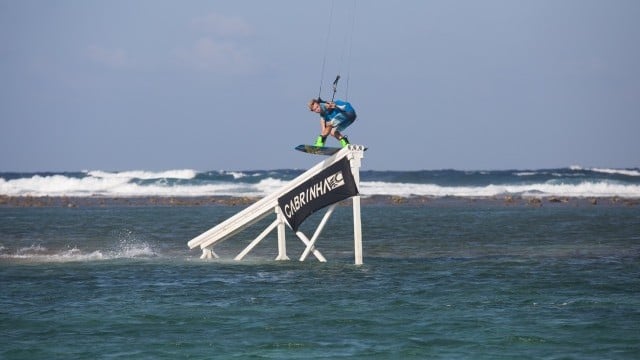
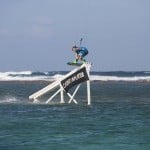
Grand Cayman
The Cayman Islands, a British Overseas Territory, is made up of 3 islands in the western Caribbean Sea. It is famous for its tax havens to many global businesses, but recently kiteboarding has prospered due to the warm Caribbean waters and steady trade winds. Located south of Cuba it is a relatively close hop from Miami, so there are lots...
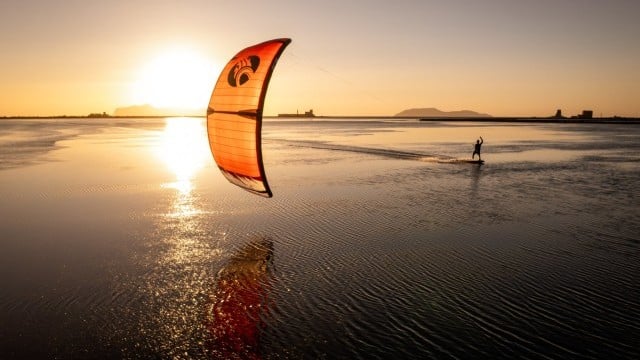
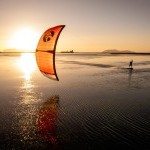
Lo Stagnone, Marsala
Located just 3km away from Trapani Airport, Lo Stagnone of Marsala in Sicily is widely known across Europe as the ultimate “gym” for kitesurfers. The shallow and ultra-flat waters provide the perfect learning environment for beginners to quickly develop their skills, and a haven for freestylers seeking flat water. The location is perfect for kitesurfers of all levels to explore...
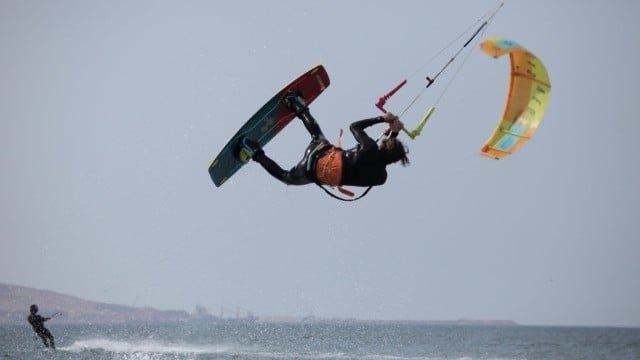
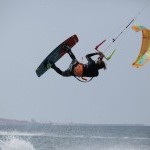
Paracas
Located 220km from Lima, Paracas shares the border with a national park. The town has a large fishing community, as well as touristic shops and restaurants. Paracas is one of the closest kite spots to Lima, and it attracts kiters from all along the coast. The spot is perfect for all levels of riding; closer to the beach, the water...
By Regis Lacouture
Regis Lacouture grew up in France and started kiteboarding in 2002. Regis went to Zanzibar and Thailand for a while, and then ended up in Indonesia where he has been living, surfing and kiteboarding for over there for the past 20 years. From Bali, Lombok, Sumbawa and recently to Sumatra. His favourite Indonesian waves are Mentawai, Nias, Banyak and Nungas.
Been to Sulawesi? What did you think?
Where are the Best Kitesurfing Beaches in Sulawesi?
The sandy lagoon stretches over 2km with shallow, flat and clear water. The beach is extensive, offering a lot of space to launch and land your kite safely. It works at both high and low tides with the lagoon changing, but the fun remains the same! With small kickers at high tide and glassy water at low tide, you will never get bored by the sessions. It's an ideal spot regardless of your riding level, from beginners to experienced riders who want to push their limits with big air jumps and unhooked tricks.
At low tide, the beach widens to 300m to practice landboarding.
- Wind: On/Side-On
- Waves: No
- Shorebreak: No
When is the Best Time to go Kitesurfing in Sulawesi?
The windy months to go kitesurfing in Sulawesi are April, May, June, July, August, September, October


